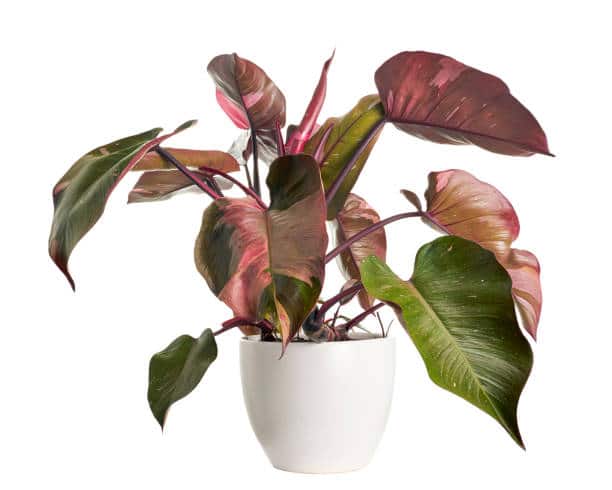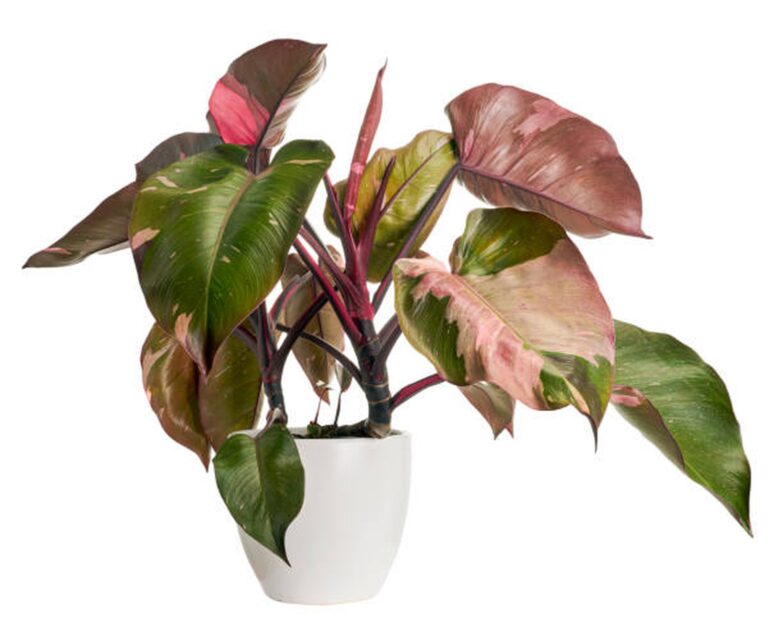The Philodendron Pink Princess is no ordinary houseplant. Its unique pink variegation and stunning foliage have made it a much-coveted plant among plant enthusiasts worldwide. This tropical beauty can indeed turn your home into a vibrant oasis. This article delves into everything you need to know about this captivating plant, from understanding its natural habitat to specific care requirements.
The Enchanting Philodendron Pink Princess
Understanding the Pink Princess
The Philodendron Pink Princess is a tropical plant from the Araceae family, native to the rainforests of Central and South America. Its name ‘Pink Princess’ refers to its unique leaves – a lush, deep green adorned with pink variegations that can sometimes fully engulf a leaf. This dramatic coloration makes it a striking addition to any indoor space.
Growth and Propagation
In its natural habitat, the Philodendron Pink Princess is a climber, using its aerial roots to ascend the heights of trees. As a houseplant, it can reach up to two feet in height and prefers a support like a moss pole for optimal growth.
Propagation of the Pink Princess can be achieved through stem cuttings. It’s important to note that this process requires patience and a keen eye to ensure that the cutting has both green and pink portions, as cuttings with only pink will lack chlorophyll and struggle to survive.
Creating a Perfect Environment
Ideal Light Conditions
Just like in its native rainforest habitat, the Pink Princess prefers bright, indirect light. Too much direct sunlight can fade the plant’s unique coloration and cause leaf burn, while insufficient light may lead to the loss of the plant’s pink variegation. Placing it near a north or east-facing window often provides suitable light conditions.
Temperature and Humidity
As a tropical plant, the Pink Princess thrives in warm temperatures, ideally between 65 and 75 degrees Fahrenheit. It can tolerate a range of humidity levels but prefers a more humid environment mimicking its rainforest home. Regular misting, a pebble tray, or a humidifier can help maintain optimal humidity levels.
Care and Maintenance
Watering and Feeding
Watering needs for the Pink Princess depend on various factors, including light and humidity levels, pot size, and season. Generally, it’s best to allow the top inch of soil to dry out between waterings. Overwatering can lead to root rot, a common issue with philodendrons.
Feeding should be done every month during the growing season, using a balanced, water-soluble fertilizer. During winter, reduce the feeding frequency as the plant’s growth slows down.
Pruning and Repotting
Pruning helps maintain the plant’s shape, control its size, and encourage fuller growth. Use sterilized pruning shears to remove any unhealthy leaves or excessive growth.
Repotting should be done every two to three years or when the plant becomes root-bound. The Pink Princess prefers a loose, well-draining potting mix that allows its roots to breathe.
Potential Challenges

Common Pests and Diseases
The Pink Princess can be susceptible to common houseplant pests such as spider mites, mealybugs, and aphids. Regular inspection and immediate treatment using insecticidal soap or neem oil can help prevent infestations.
Root rot due to overwatering is another common issue. Ensuring the correct watering schedule and using a well-draining soil mix can prevent this problem.
The Challenge of Variegation
Maintaining the plant’s pink variegation can be a challenge, as it’s influenced by genetic factors and environmental conditions. Providing optimal light and pruning non-variegated leaves can encourage the pink variegation.
Conclusion
The Philodendron Pink Princess is more than just a plant; it’s a living piece of art. With the right care and environment, this tropical gem can thrive and add a unique aesthetic appeal to your home. While it might require a bit more attention than your average houseplant, the result is undeniably worth it.

